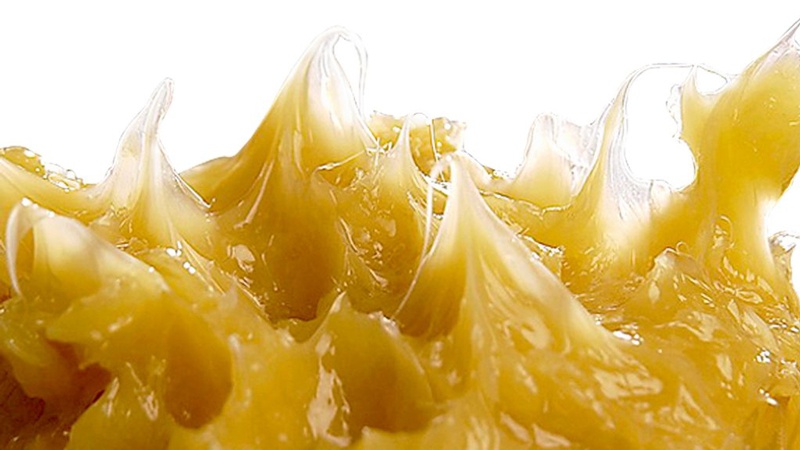Residuum
Residue from crude oil after distilling off all but the heaviest components, with a boiling range greater than 1000 degrees Fahrenheit. Road Oil. Any heavy petroleum oil, including residual asphaltic oil used as a dust palliative and surface treatment on roads and highways. It is generally produced in six grades from 0, the most liquid, to 5, the most viscous.

WAX
Residue Wax, which is more popularly known as Foots Oil is a by-product of petroleum. Residue Wax is derived from the production of Semi Refined Paraffin Wax. Its application lies in the rubber industry, plastic industry, polish industry, matchbox industry and more.

Asphalt/Bitumen
Asphalt is produced in a plant that heats, dries and mixes aggregate, bitumen and sand into a composite mix. It is then applied through a paving machine on site as a solid material at a nominated or required thickness, relative to the end use. Asphalt results in a smoother and more durable asphalt road surface than a bitumen-sealed road.
Bitumen is a binding agent produced from petroleum. Bitumen is known for being strongly adhesive and resistant to damage from water and oil spills. This makes bitumen the ideal binder for asphalt because asphalt is commonly used as a surface for roads, car parks and driveways.
Bitumen can be produced to different specifications depending on how it’s going to be used but in all cases, bitumen is created by distilling crude oil. This process removes the lighter liquid and leaves a thick sticky substance that, in the case of asphalt, will hold heavy aggregate like stones and gravel with sand.
Bitumen can also be confused with tar, which is another binding agent that when mixed with aggregate, makes tarmac.
Bitumen is actually the liquid binder that holds asphalt together. The term bitumen is often mistakenly used to describe asphalt.
A bitumen-sealed road has a layer of bitumen sprayed and then covered with an aggregate. This is then repeated to give a two-coat seal.

Lubricating oils
Lubricating oil is a class of refined products used to reduce friction and wear between bearing metallic surfaces. It is distinguished from other fractions of crude oil by its high (>340°C) boiling-point region. There are two basic categories of lubricating oil: mineral and synthetic. Mineral oils are lubricating oils refined from naturally occurring crude oil. Synthetic oils are lubricating oils that are manufactured.

